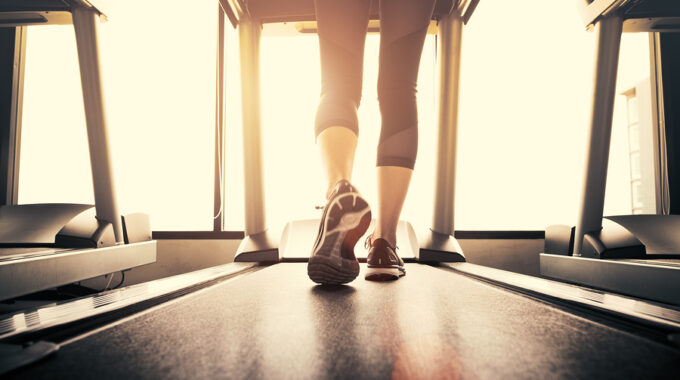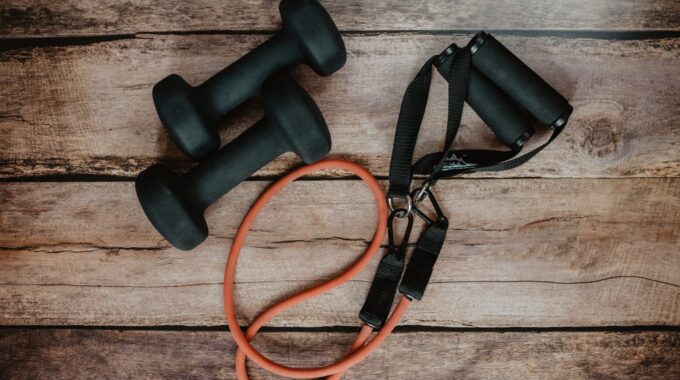Does Stretching Actually Benefit Us? The idea that we should stretch our muscles before…

Importance of Gait Analysis
What is Gait Analysis?
Gait analysis is a way of identifying potential biomechanical or movement faults when you are walking/running. It is most commonly used when getting a pair of new running shoes, however at Reform we look at the way your entire body moves on and off the treadmill so we can identify whether there are any mechanical restrictions, weaknesses, asymmetries etc that may cause injury or prevent a tissue from healing.
During the assessment, the clinician will take note of your gait parameters, such as, stride length, cadence, stride width and foot angle.
How does it work?
Prior to getting on the treadmill, we will conduct various tests, including muscle strength and control as well as mobility to see if we can unearth any early clues before we get you running.
Once on the treadmill, we will set the speed to a comfortable running pace for you and begin watching your technique. Using a slow motion, gait analysis app we will record your technique from behind you and from the side to allow us to pick up on any small biomechanical faults.
At the end of the session, we will provide you with recommendations based on our findings. These normally include strength and conditioning exercises, mobility exercises and running technique adaptations. We can also discuss your training programme to ensure you are not overloading your body, as this can lead to overuse injuries.
Why is Gait Analysis Important?
Gait analysis is important as it enables biomechanical faults to be picked up before they cause an injury. Overuse injuries, such as achilles tendinopathy or plantarfasciitis are commonly seen in runners. This is often because there are faults in the biomechanics of the foot or the body is overloaded. By picking up these faults early, they can be adapted and hence reduce the risk of injury.
Gait analysis can also allow the clinician to prescribe you with custom insoles which help improve the biomechanics of the foot and ankle.
Your gait can also impact your whole body, having an impact on your hips, knees and lower back, due to weight distribution in the feet when you land, amongst other factors.
Pelvic instability can also affect your gait and visa versa. If you do not have a good steady base when your foot lands, the load can transfer up the leg, causing pelvic instability. It is important to assess the body as a whole, and gait analysis allows us to do just that.
For more information on gait analysis at Reform, contact us on 01799 530650 or email us at info@reformphysio.co.uk.




This Post Has 0 Comments